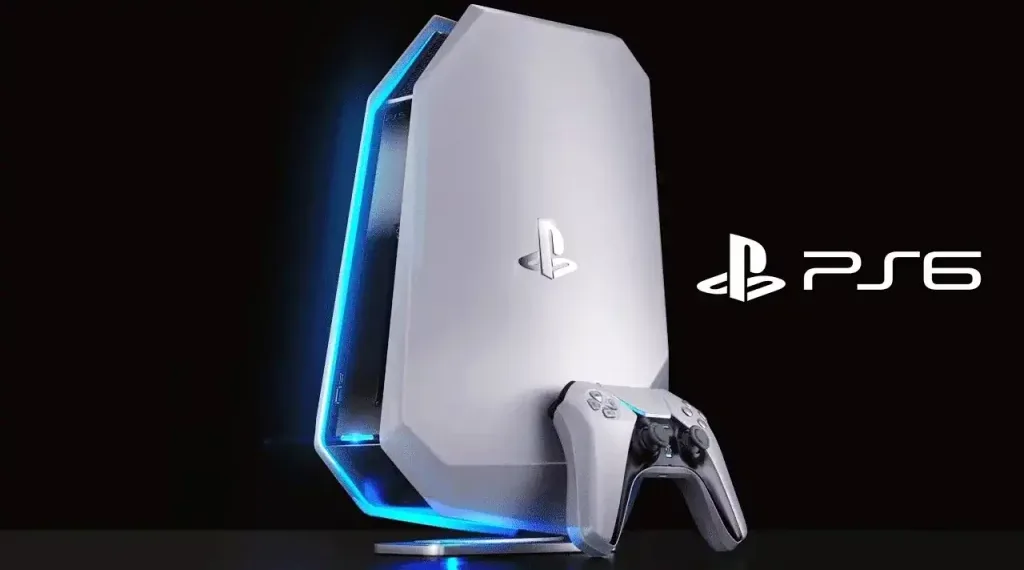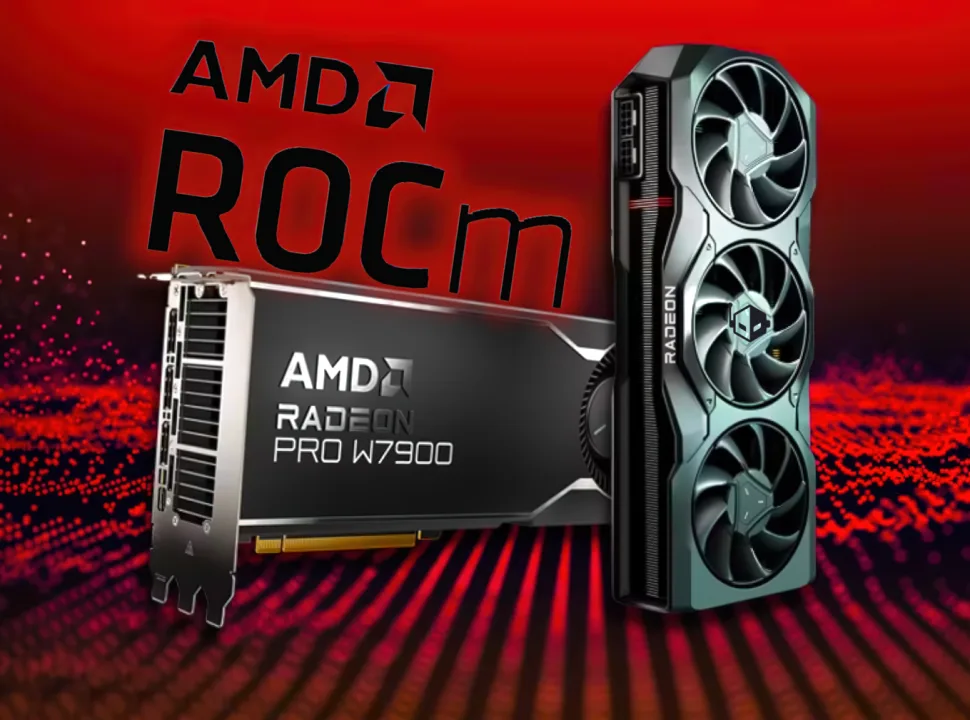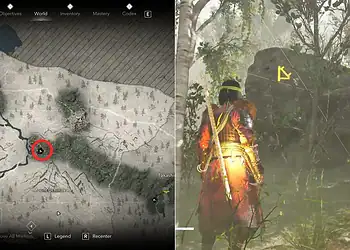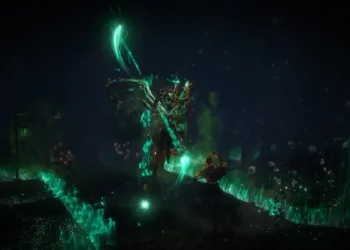Sony’s next-generation console, PlayStation 6, shifts focus from rasterization to advanced ray tracing capabilities, potentially delivering RTX 4080-level performance at competitive pricing
Sony’s PlayStation 6 is shaping up to deliver revolutionary ray tracing improvements, with leaked specifications suggesting 5-10x better ray tracing performance compared to the base PlayStation 5. This massive upgrade signals a strategic shift toward advanced lighting and reflection technologies while targeting an aggressive sub-$900 price point.
Table of Contents
PlayStation 6 Performance Specifications vs PS5
| Performance Metric | PlayStation 5 | PlayStation 6 (Leaked) | Improvement |
|---|---|---|---|
| Ray Tracing | Base performance | 5-10x enhancement | Massive upgrade |
| Rasterization | Current baseline | 2-3x improvement | Moderate boost |
| Target Resolution | 4K variable | 4K 120 FPS stable | Consistent performance |
| GPU Equivalent | Custom RDNA2 | RTX 4080/5080 level | Next-gen capability |
| Expected Price | $499 launch | Under $900 | Premium positioning |
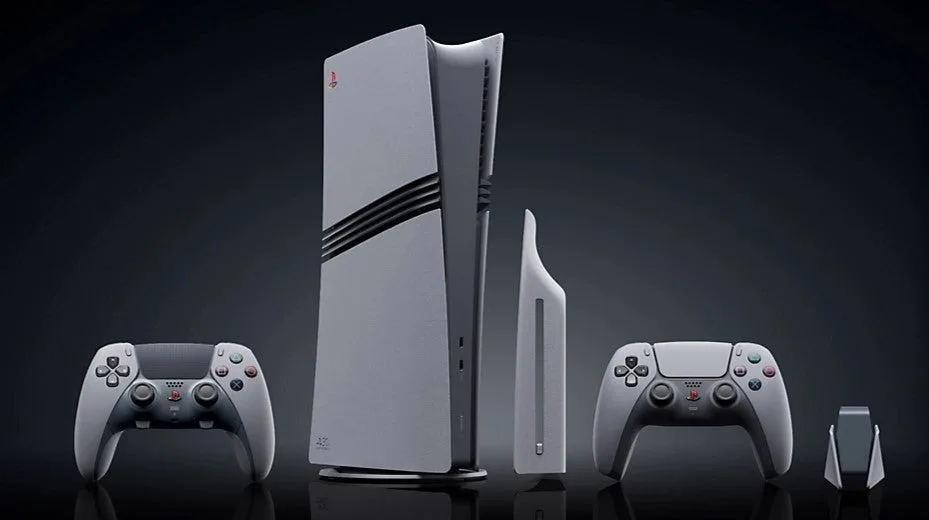
Ray Tracing Revolution Takes Center Stage
According to Moore’s Law is Dead podcast revelations, Sony is prioritizing ray tracing advancement over raw rasterization improvements. This strategic decision makes technical sense, as current PS5 hardware already achieves 80+ FPS performance in many 4K titles, suggesting rasterization capabilities have reached practical saturation levels.
The 5-10x ray tracing performance boost would position PlayStation 6 to deliver console-quality ray traced lighting, reflections, and global illumination comparable to high-end PC graphics cards, potentially matching RTX 4080 or RTX 5080 performance levels.
Strategic Pricing Below $900 Threshold
Industry analyst James Prior, former AMD Senior Product Manager, supports Sony’s pricing strategy, noting that a 4K 120 FPS console delivering RTX 4080-level performance would be “very enticing” below $900. This positioning directly addresses “$1000 fatigue” affecting premium consumer electronics, including smartphones and graphics cards.
The sub-$900 target leverages traditional console advantages: compact form factor, plug-and-play convenience, optimized power consumption, and streamlined gaming experience without PC complexity.

Focus Shift Reflects Industry Evolution
Sony’s emphasis on ray tracing over rasterization reflects broader gaming industry trends. With current-generation games already achieving impressive frame rates at 4K resolution, the next performance leap lies in advanced lighting technologies and AI-powered upscaling rather than brute-force rendering improvements.
This approach contrasts with Microsoft’s rumored Xbox strategy, which may focus on PC compatibility through their Magnus APU design, suggesting divergent next-generation console philosophies.
4K 120 FPS Gaming Becomes Standard
The PlayStation 6’s target specification of consistent 4K 120 FPS gaming addresses the most common premium TV capabilities while ensuring smooth, responsive gameplay across all titles. This performance level, combined with dramatically enhanced ray tracing, could deliver truly next-generation visual experiences.
For comprehensive PlayStation 6 coverage and console gaming analysis, visit Technosports.co.in and explore our next-gen console comparison guide.
Sources: WCCFtech | Moore’s Law is Dead Podcast | James Prior (Former AMD)

